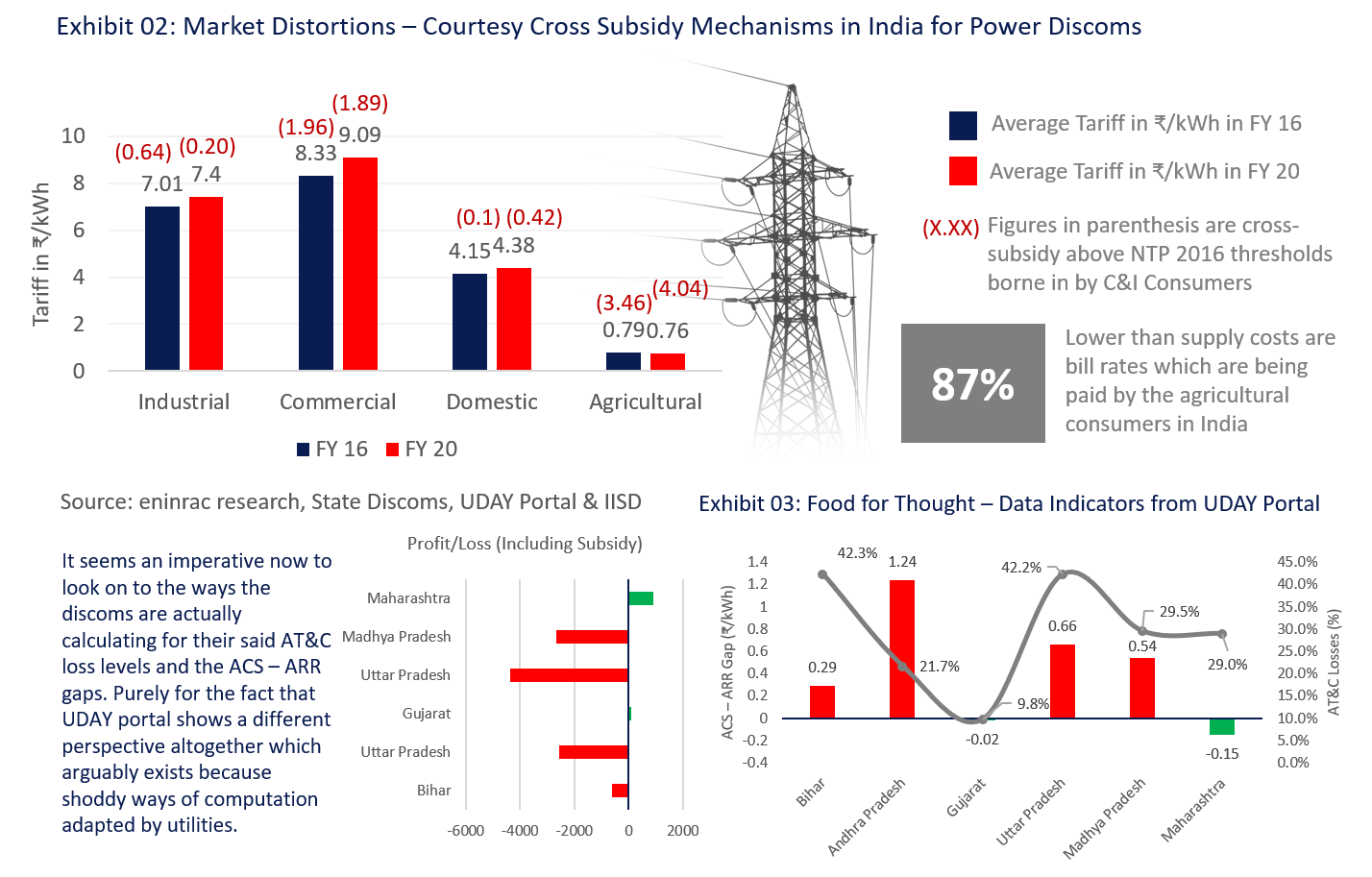
Report Summary Is tariff rationalization key to a sustainable future of discoms badgered with losses? Why multiple distribution reforms have not been able to ensure the objective of cutting down on AT&C loss levels across the country?
Is tariff rationalization key to sustainable future of discoms badgered with losses?
Share Report
- Brief Overview
“Tariffs” are the way by virtue of which power distribution utilities earn their revenue and basically rely upon meeting the expenses and network expansion costs. Well, when one looks at the business model upon the discoms operate this makes perfect sense isn’t it. So where is a fallacy in the system which leaves the discoms badgered with losses? Does the answer lie in the context of the business the discoms are in, which deals with prioritizing consumer interests or in the intent of authorities who are more hinged towards designing a politically palatable system?Tough, to be in a space that renders absolute clarity without bias but for sure to an extent the context and intent of authorities are to bear some share of responsibility which refrains the discoms operating financial condition to be sustainable. Sounds bizarre isn’t it, but sadly is a fact which the discoms are still struggling to cope with. So, how come tariff rationalization will ease the situation and render a financially sustainable future for the ailing discoms? The obvious for that needs to be understood which perhaps is never questioned or looked upon. In a country of 29 states, India doesn’t involve a mandate for the state discoms to alter the cost of supply on annual basis also, to add to the woes are the obligatory net metering for which the payouts which happen either on the average cost of supplies for electricity or on simply the cost of supplies. This only happens for 7 to 8 states of the total 29 states, so why aren’t the discoms truing up the tariffs. The average of cost of generation has gone relatively up, (though the cost of RE generation has gone down but for thermal power, the cost has seen a spike) courtesy of the appreciation in fuel cost and technology improvements to reduce emissions in the country. But have we seen an in tandem revision of the tariff by the discoms on a subsequent basis? Let’s find out and learn as to how tariff rationalization and truing up can truly ease-out the co-existence of discoms.
- On Point Query
- What's included
Get your report flyer
Download the flyer to learn more about:
- Report structure
- Select definitions
- Scope of research
- Companies included
- Additional data points






